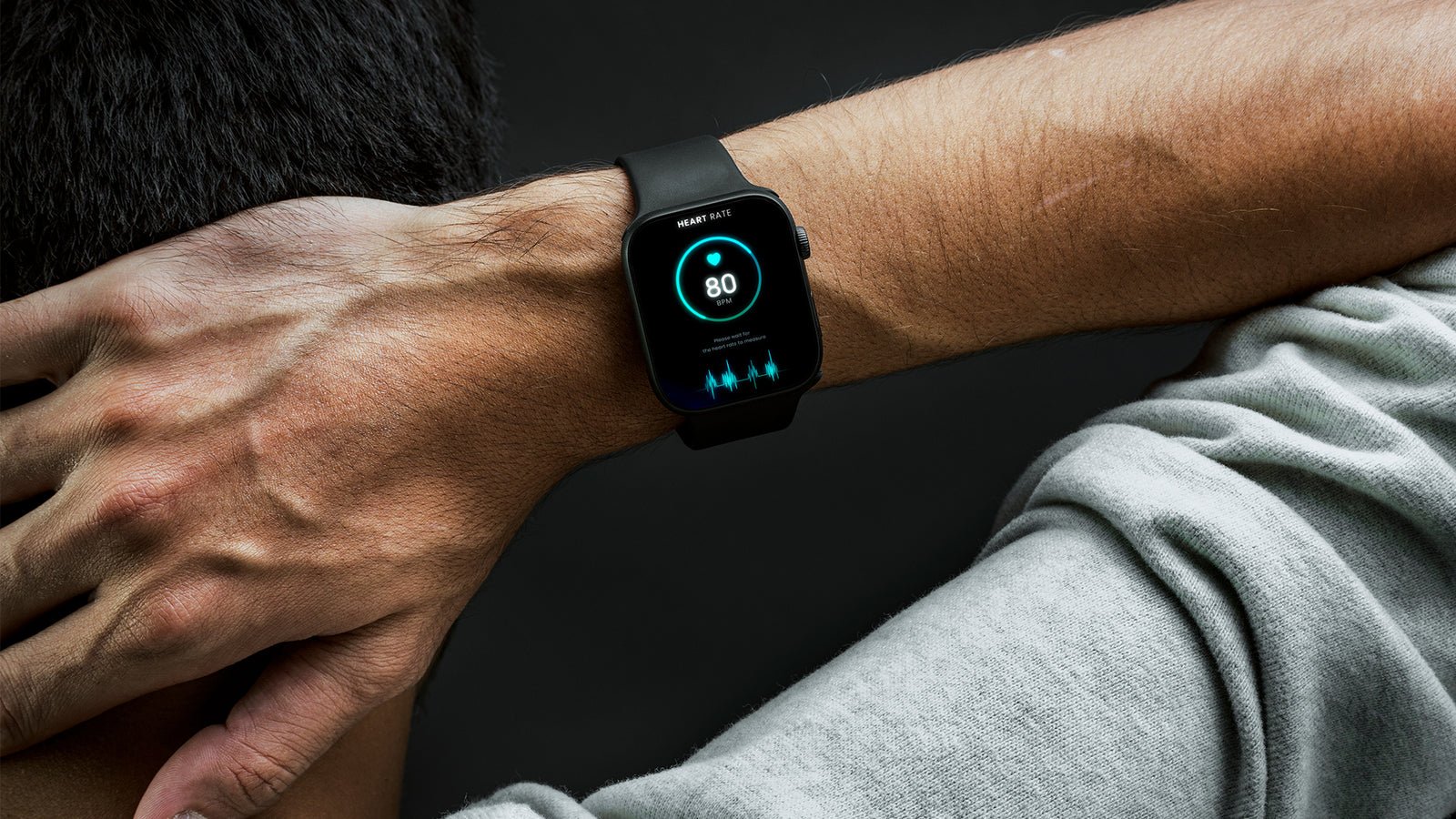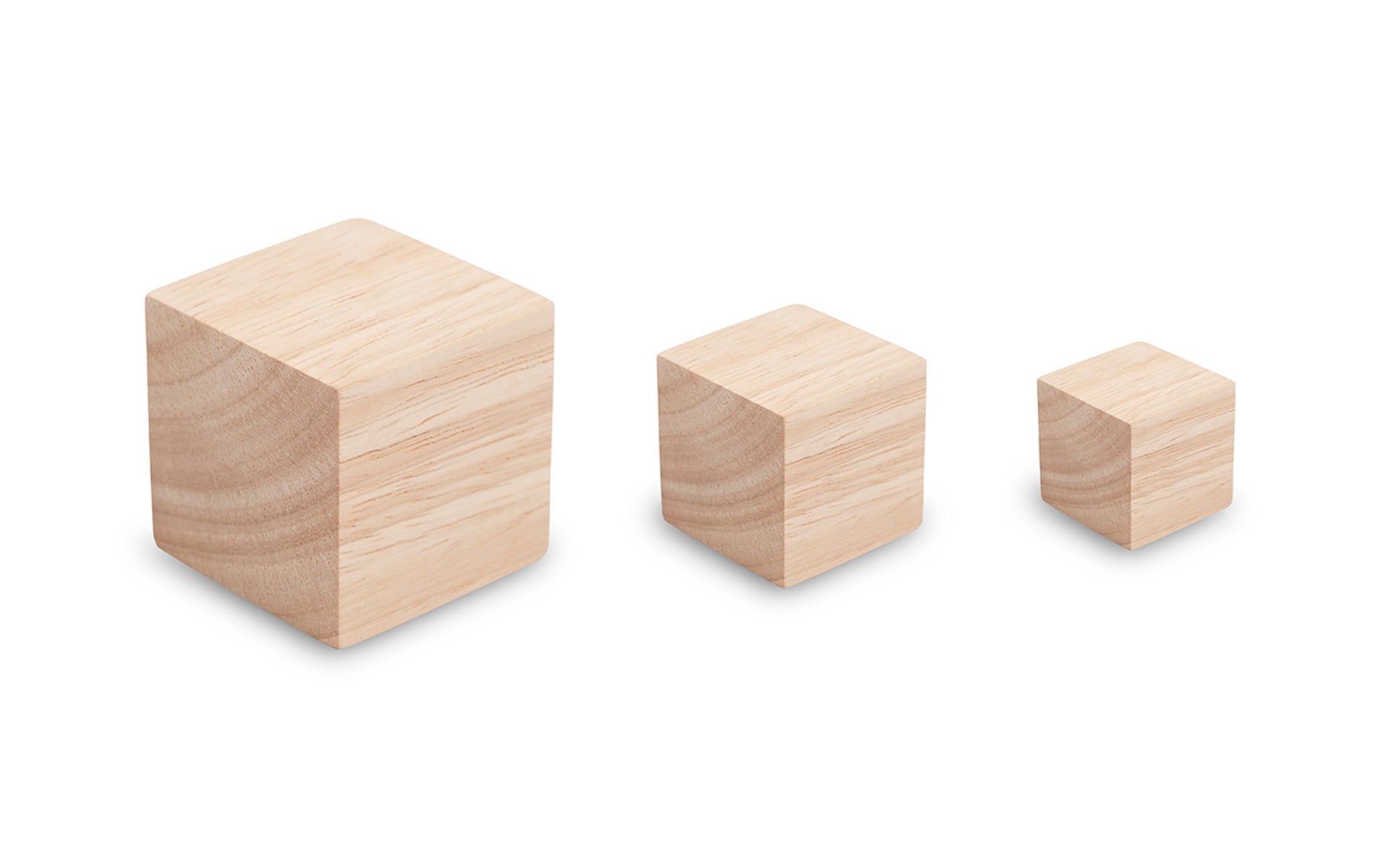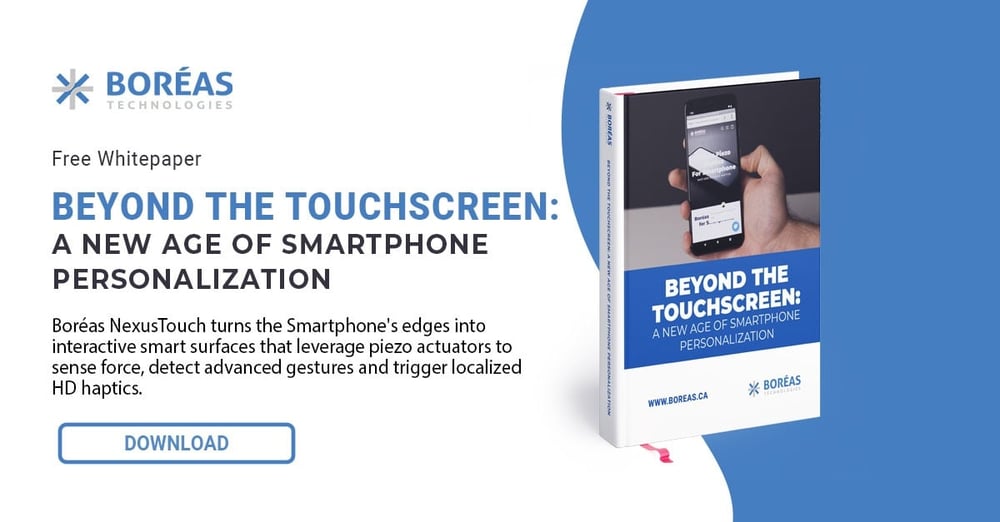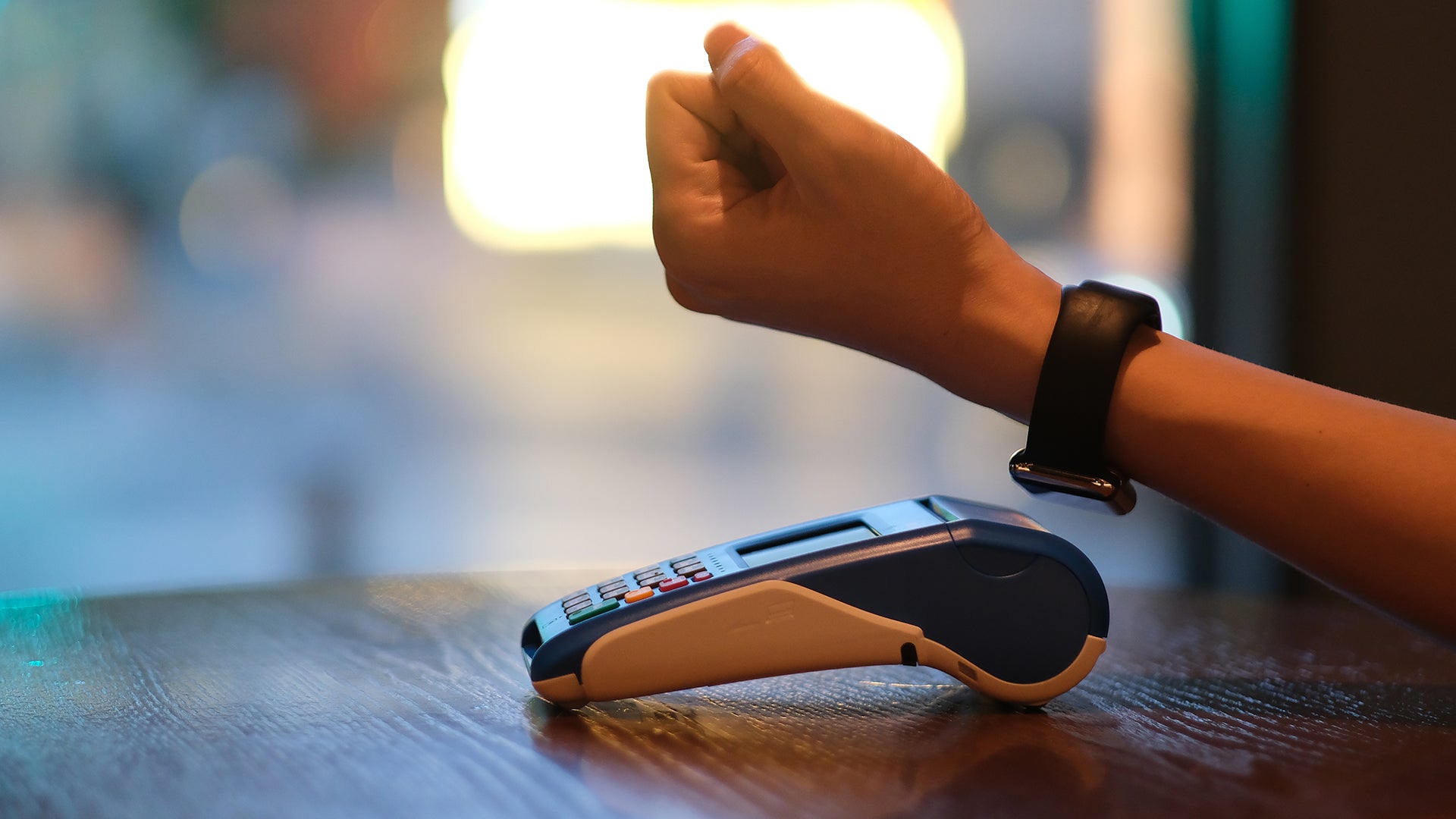
Haptic technology is expanding its reach and becoming more popular every day. In fact, the haptic technology market is projected to grow 12% by 2026. Want to corner a good share of that market? Start by incorporating piezo technology in your wearable devices, and take your wearable designs to the next level.
Why You Should Integrate Haptic Wearables With a Piezo Driver
Haptic technology may have started out as a video game enhancer, but the technology has gone mainstream. Users appreciate the vibro-tactile sensations that haptic technology provides, especially in their wearables. And as users become more familiar with the technology, they have come to expect faster response times, lighter-weight wearables, greater control, and an all-over improved user experience.
Fortunately, a piezo driver can provide all of those things. The driver is lightweight and low-maintenance. It’s a game changer for existing wearable technology because it can deliver an enhanced version of the same vibro-tactile feedback that users already expect. But beyond simply enhancing existing wearables, piezo drivers also open the door to new possibilities for haptic technology. The potential applications for this technology are virtually endless.
Not sure how piezo acceleration can make a difference in haptic experiences? Keep reading for the top five reasons to start using the technology today.
1. More Powerful Haptic Feedback Without the Size

A piezo driver — like the Boréas Piezo Haptic Engine — delivers a powerful sensory experience without the bulky interface that is sometimes found in older wearable haptic devices.
In a legacy haptic wearable, the internal components make up a sizeable portion of the device’s total weight. Adding more weight can make the device uncomfortable; users may be reluctant to rely on any technology that weighs them down. Heavy devices are also less intuitive to use.
This is where cutting-edge current technology can make a difference.
Piezo actuators work by transforming electrical signals into mechanical energy. The technology works with the existing internal components to generate haptics. Instead of adding on a layer of cumbersome electronics, piezo actuators reduce the overall size of the solution.
By reducing size and weight, piezo drivers invite individuals to wear the devices more often and to incorporate their devices into more of their daily activities.
2. Lower Power Consumption Than Other Haptic Technology
Users tend to be slower to adopt devices that consume a lot of power. High power consumption means that devices are harder to use on the go; it also makes them less reliable overall. That’s why, if you want to get an edge in the wearables market, it’s important to build haptic technology that can operate with less power.
The Boréas Piezo Haptic Engine minimizes power consumption. In fact, the Boréas Piezo Haptic Engine uses less power than competing piezo drivers because it relies on a CapDrive piezo driver. The Boréas Piezo Haptic Engine also uses less energy than older technologies, such as ERM and LRA.
It’s also easier to manage the vibration output for piezo drivers, which means you can manage power consumption on that end. This kind of amplitude adjustment is not possible with ERM or LRA haptic technology.

3. Optimized Resonant Frequency for Enjoyable Haptic Sensations
Not every haptic sensation is created equal. Some are pleasant and enhance the user experience with a welcome sense of touch. But other haptic sensations, especially those created at higher frequencies, can feel excessively buzzy and cheap.
Obviously, you’ll want to engage your users with a variety of haptic sensations that create pleasant feelings. That’s where the Boréas Piezo Haptic Engine can make a difference.
Human skin has a wide range of mechanoreceptors; each receptor is tuned in to sense a different frequency. In general, the lower- and mid-range frequencies create more pleasant skin sensations.
With the Boréas Piezo Haptic Engine, you’ll have access to powerful haptics that span a large frequency bandwidth. It’s the ideal way to avoid that “cheap” device feeling and create a varied, plentiful array of sensations at a natural frequency for your users.
4. Faster Rise Time for Improved Effects
Haptic feedback is most effective when it is rapid and precise. After all, the purpose is to create a kind of synergy with user activity.
Users will be most satisfied with their devices if they receive haptic feedback immediately upon achieving tasks — reaching a fitness goal, for example. A delayed haptic sensation is much harder for users to connect with since it isn’t intuitively tied to the event that triggered it.
The Boréas Piezo Haptic Engine delivers rise times of 2.25 cycles. That’s in contrast to LRA’s rise times of 11 cycles.
Similarly, Boréas fall times are less than 10 ms. Compare that to LRA’s 80 ms fall time.
The results are clear. The Boréas delivers significantly quicker responses, which results in a crisper, more realistic user experience for wearable devices.
5. Less Noise Emitted From Your Wearable Technology

Excess noise can detract from the overall user experience and discourage the widespread adoption of haptic devices. This is a problem with legacy haptic technology, especially when it depends on rotation to generate haptic sensation.
Fortunately, the Boréas Piezo Haptic Engine can produce sharply defined and rapid haptic effects without the excess noise associated with some haptic devices.
Unlike legacy technologies like ERMs, piezo actuators do not rely on a spinning mass to produce haptic sensations. This means that they don’t produce mechanical noise. Instead, piezo drivers allow users to interact with their devices in a natural manner, without constant irritating mechanical noises coming between the user and their device.
Take Your Wearable Haptic Devices to the Next Level
Haptic wearable devices seem poised to take on an ever-larger share of the market. However, as the devices become more popular, the public is also becoming more discerning. Audiences are no longer satisfied with slow response times, irritating skin sensations, excess noise, or high power consumption.
Building a better haptic device is within your reach. Boreas gives you the power to deliver fast, sharply defined devices that will delight your users and keep them coming back for more. Visit us today to learn more about taking your wearable haptic devices to the next level.


Leave a comment